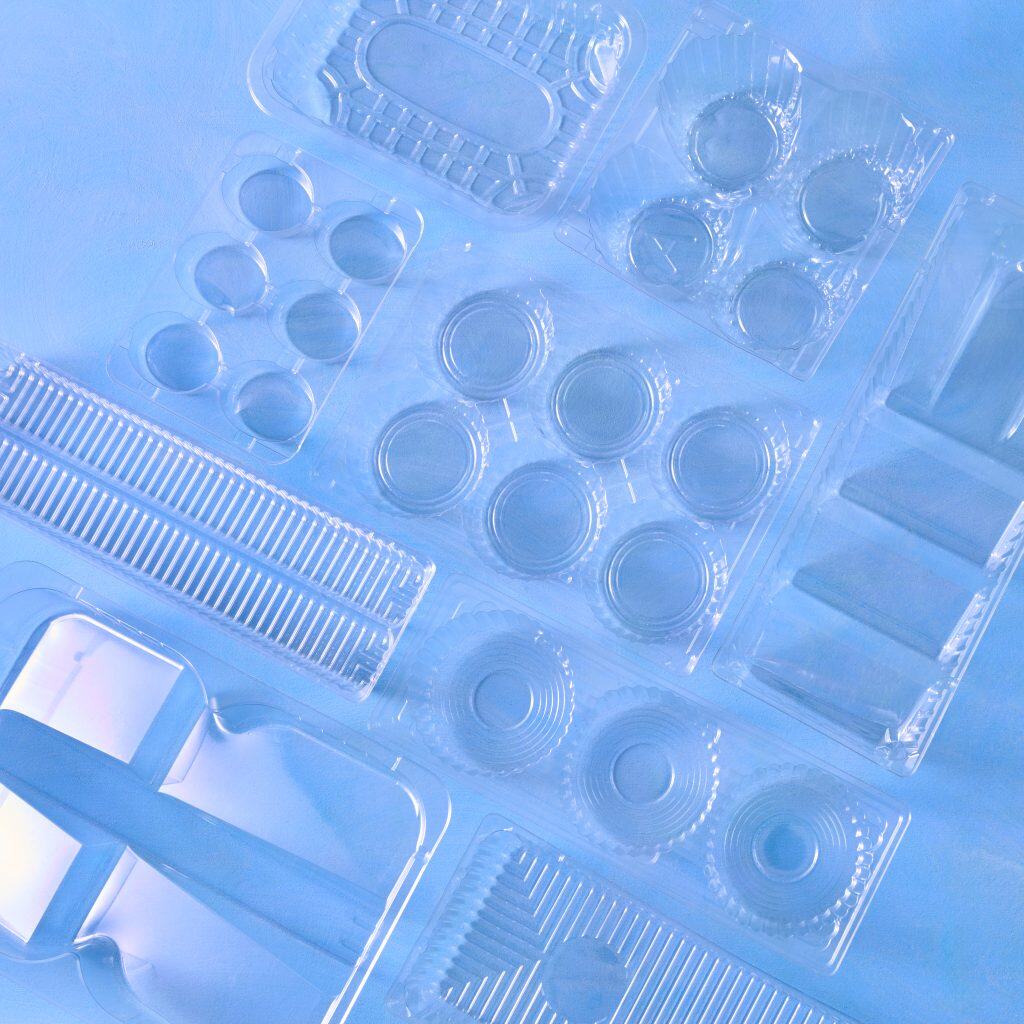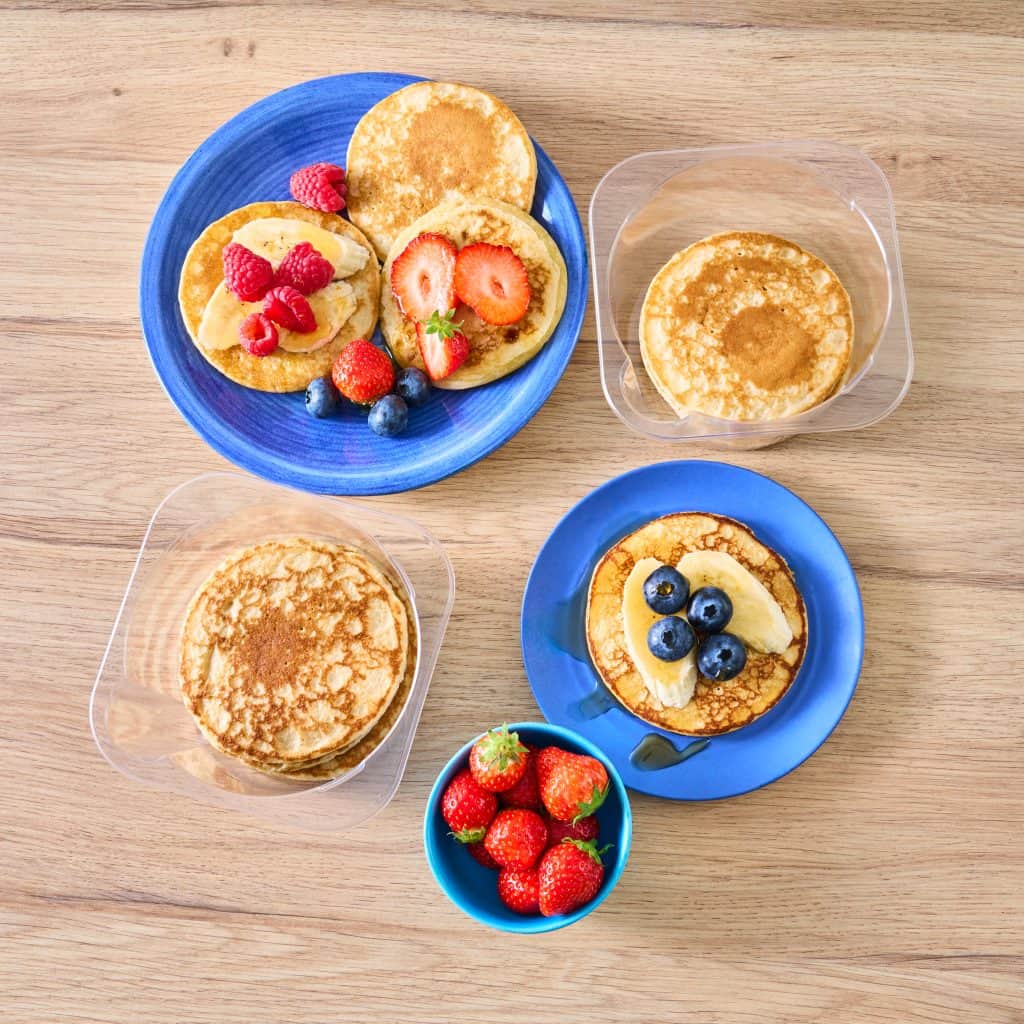You want to make the best choices for your packaging. Not just functional and beautiful, but above all sustainable. You dream of making a positive impact, meeting increasingly stringent requirements and proudly telling your customers that you really care about the planet. But when you look at all the options, all the claims and all the different materials, it sometimes feels a bit like navigating on the open sea without a map. What is really the best choice? And how do you know for sure?
Fortunately, you’re not alone. At MultiTray, we understand that quest. We’re a family business ourselves, and sustainability has been in our DNA since we started in 2010. We know it’s not always easy to see the forest for the trees. That’s why we’d like to introduce you to a super-powerful tool: life cycle analysis, or LCA. It’s your scientific compass in the world of sustainable packaging.
In this article, we take you into the world of LCA. You will discover exactly what it means, what steps it consists of and how to interpret the results. Especially for packaging materials such as rPET and PP. This will give you the insight you need to make truly informed choices and invest confidently in a sustainable future. Do you have any questions after reading? Then feel free to contact us.
What is Life Cycle Assessment (LCA)?
Okay, so what exactly is LCA? Think of it as a thorough environmental scan of a product. In our case: your packaging. An LCA analyzes all the environmental impacts a product has, from the very beginning to the bitter end (or rather, to the new beginning). From “cradle to grave” or even “cradle to cradle.”
That means looking not only at the material itself, but also at:
- Where raw materials come from (mining, agriculture, oil).
- How the material is produced (energy consumption, emissions).
- How the packaging is made (our machines).
- How the packaging gets to you (transportation).
- How you use packaging (sometimes this also has an impact).
- What happens when the packaging is no longer needed (recycling, incineration, landfill).
Why is this so important for packaging? Because the environmental impact is much bigger than just the plastic or cardboard you see. Production, transportation and especially what happens after use have a huge impact. With an LCA, you get the whole picture and see where the real environmental hotspots are.

The four steps of packaging with LCA
An LCA may sound complicated, but it is a structured process with four clear stages:
Phase 1: Define purpose and scope
Here’s the basics. What exactly do you want to know? Are you comparing two types of packaging for the same product? Do you want to measure the impact of your current packaging? You also determine the “functional unit. That sounds technical, but it’s simply the function you’re comparing. For example: the packaging needed to keep 1,000 cookies safe and fresh, or the packaging for 1 kilo of sliced vegetables. You also draw a line: what do you include and exclude from the analysis? Just the packaging, or also the impact on the product it contains (think preventing food waste)?
Phase 2: Life cycle inventory (LCI).
This is data collection. A mountain of work, as you map all incoming and outgoing flows for all phases within your chosen scope. Think about how much energy is needed, how much water, what raw materials go into it, and what emissions (such as CO2), waste and other substances are released at each step. This is done for all materials, transport movements and processes.
Phase 3: Impact assessment (LCIA).
Now you start translating the collected data into concrete environmental impacts. For example, those CO2 emissions are converted into a contribution to climate change. Other effects include the depletion of fossil fuels, the acidification of water and soil, or the impact on the ozone layer. You get scores for different environmental indicators.
Phase 4: Interpretation
In this final phase, you really dive into the results. Where is the greatest impact? Which stage of the life cycle contributes the most? Which material performs better in which area? You analyze the results, identify the hotspots where the impact is highest, and formulate conclusions and recommendations. This is where the numbers become meaningful and you see how you can really make a difference.
What do the scores mean for your packaging?
So an LCA gives you objective figures to make choices. But how do you read those figures? Suppose you compare two commonly used materials for your packaging: rPET (recycled PET) and PP (polypropylene).
A whole life cycle issue rPET versus PP
Many people immediately think: which material is the most sustainable on its own? But LCA teaches you that it’s more complex. If you look at climate impact (greenhouse gases), rPET often scores very well. Why? Because using recycled material takes much less energy than making new (“virgin”) PET. The recycling process, as we embrace through circular source, is essential to rPET’s lower impact. PP is naturally lightweight, which in turn can have advantages in transportation (less weight = less fuel). But making PP often requires more energy than rPET from recycled sources.
The big difference is often also in the end-of-life phase. For example, the recycling infrastructure for PET bottles is very good. For PET trays and PP trays, it varies by region, but efforts are being made to improve this so that these containers can also be recycled at high quality. An LCA looks at the whole picture, including the likelihood that the material will actually be recycled after use. Packaging made from a “sustainable” material that is not collected or recycled still has a high impact.
So the “most sustainable” choice is not one fixed answer. It depends on your specific situation: what product are you packaging (how important is protection, as with fresh produce?), how is it transported, and how is it collected and processed where your customers live? LCA helps you see these nuances and make the choice that has the least overall impact for you and your product.
LCA as an engine for innovation and better designs
LCA is not just a measurement tool. It is also a powerful driver of innovation. Once you use an LCA to identify the hot spots in your packaging’s life cycle, you know exactly where you need to commit to improvement.
- Targeted improvements: Is the biggest impact in the material itself? Then look at recycled options, biobased alternatives, or perhaps custom solutions with less material. Is the impact in transportation? Then you look at weight reduction or more efficient forms. Is it in the end-of-life phase? Then you focus on designs that are easier to recycle (for example, by using mono-materials) or closing cycles.
- Balance between function and sustainability: An LCA also shows how important the function of the packaging is. Sometimes slightly more packaging material is needed to prevent food waste, for example (e.g. with fresh products). The environmental impact of throwing away a product is often much greater than the impact of the packaging itself. LCA helps you make this assessment based on data, not gut feeling.
At MultiTray, we use these insights every day. Our approach is focused on continuous improvement and innovation, whether we are working on packaging for confectionery, fresh produce, or non-food. We actively think with you from the LCA perspective. For example, our new product tool is one way we work with you to arrive at the most optimal design, where sustainability is a leading factor.

Recognizing the complexity of LCA
It is important to recognize that LCA can also be complex. The results depend on the quality of the data and the assumptions you make (for example, about how consumers dispose of the packaging). Different LCA studies can therefore give slightly different results.
This does not mean that LCA is useless. On the contrary. It is currently the most robust and science-based method of assessing the overall environmental impact of a product. It gives you a much more complete picture than just looking at, say, the percentage of recycled material. Think of it as a route planner: different planners may give slightly different routes, but they all help you get from A to B based on data, rather than looking for directions at random.
Making your packaging strategy stronger with LCA
So how can you put LCA insights into practice for your business?
- Inquire with suppliers: Be critical and ask about the environmental impact of the packaging you buy, substantiated with data, preferably from LCA studies.
- Think functions: Focus not just on the material, but on the functionality of the packaging per unit of product.
- Look at the whole kettle: Involve your suppliers and buyers in your sustainability goals. Successful LCA and implementation requires collaboration.
At MultiTray we are happy to help you apply the principles of LCA in practice. We think along with you about material selection, about optimizing designs for minimal impact and maximum recyclability, and about how to substantiate your sustainability story. Our doors are always open to discuss how we can make your packaging strategy more sustainable.
With LCA, you make truly sustainable choices
The path to truly sustainable packaging can seem complex. There are many options and many (sometimes contradictory) claims. Life cycle analysis provides the scientific foundation and objective view you need. It helps you look beyond the surface and understand the environmental impact of the whole picture.
By using LCA as a decisive criterion, you can make informed choices that are not only good for the environment, but also fit the functionality of your product and the reality of the chain. It is an investment in knowledge that pays for itself in trust, compliance and a demonstrably sustainable business.
Are you ready to back up your packaging choices with the power of LCA? Or would you like to know how we as a family business apply LCA principles in our daily practice and customized solutions? We’d love to have the conversation with you.
Contact us today and find out how we can work together to create your truly sustainable packaging.
Frequently Asked Questions about LCA and Packaging.
A full LCA is a detailed study that indeed requires investment of time and money, as a lot of data must be collected and analyzed. However, there are also lighter forms of analysis or tools that can give a good indication, especially when comparing materials or designs. The value is in preventing wrong investments in “sustainable” solutions that turn out not to be so in the long run.
- As a small company, can I do anything with LCA?
Yes, absolutely! You don’t have to commission a full study yourself. Knowledge of LCA principles helps you ask critical questions of your suppliers and understand where the impact of your packaging (and products) is greatest. Many suppliers, such as MultiTray, use LCA insights themselves and can advise you on them.
- Is recycled material always better according to LCA?
Often yes, especially with plastics such as PET. The production process from recycled materials requires significantly less energy and raw materials than from new (fossil) sources. However, an LCA looks at the whole picture. Effective collection and recycling after use are just as crucial.
- How does LCA relate to labels?
Labels and certificates (such as B Corp or specific recycling labels) are often based on the results or principles of LCA or similar methodologies. LCA gives you the underlying data and evidence on which such claims can be based.
- Will LCA help comply with the new PPWR regulations?
Yes, definitely. The upcoming Packaging and Packaging Waste Regulation (PPWR) places a strong emphasis on recyclability, recycled content and minimizing unnecessary packaging. LCA is the tool to demonstrate how your packaging is performing in these areas and to identify where adjustments are needed to comply with the regulations.